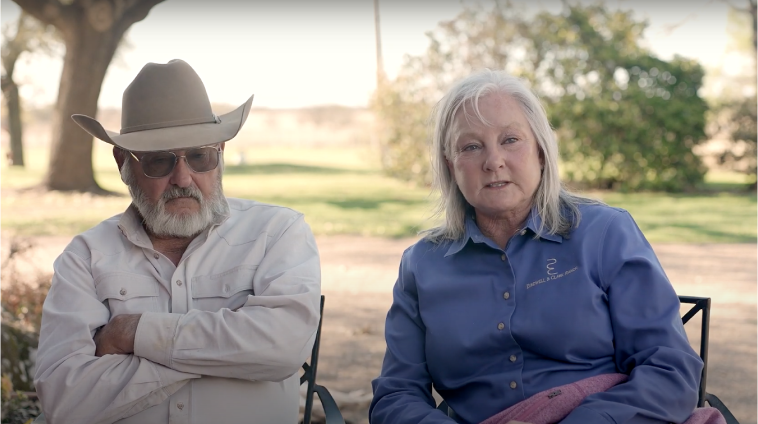The most impactful atmospheric carbon removal solution.
Nature has the power to remove gigatons of carbon dioxide from the atmosphere today - and healthy soil underpins nature’s ability to do so.
America’s grasslands have the capacity to store a quarter of all US carbon dioxide emissions and deliver impactful co-benefits.
Carbon sequestered amongst deep root systems can remain in the soil for 1,000s of years.
It is the most effective atmospheric carbon removal solution, with incredible impacts far beyond just carbon, including grassland ecology regeneration, soil health, soil water storage, and biodiversity.



